Philips Logo Design: History & Evolution

Image Courtesy: Phillips
When it comes to iconic branding, Philips logo design undoubtedly stands as a classic example that has evolved with the times. As graphic designers, we often find ourselves in awe of logo transformations that don't just align with a company's growth, but symbolize the spirit of innovation. That's precisely what Philips logo design does. Starting from its humble roots to its modern, sleek appearance, the Phillips logo has seen a journey that's as intriguing as it is inspiring.
The Philips logo design has not only transcended time, but it's also become a topic of study for design enthusiasts and professionals alike. In this article, we'll dig deep into the history and evolution of Phillips logo design, examining how it has changed over the years to reflect the company's values and market positioning. Whether you're a seasoned graphic designer or just curious about the art of visual storytelling, this insight into the Philips logo's transformation is sure to fuel your creativity. So, grab a cup of your favorite brew and dive into the fascinating world of Philips logo design with me!
Philips Logo Design
1891 - 1895
In the early days of Philips, the 1891 - 1895 era marked the birth of the very first Philips logo design. Embodying simplicity and elegance, this design featured a classy italicized handwritten font. The black "Philips & Co" inscription set against a plain white background didn't just create a visually appealing contrast; it signified a brand in its nascent stage. This inaugural Philips logo design stayed consistent for the first four years, reflecting a time when minimalism met sophistication. For graphic designers interested in the roots of branding, this era of Philips logo design serves as a fascinating glimpse into the origins of a design legacy.

Image Courtesy: Philips
1895 - 1905
The Philips logo design took a dramatic turn between 1895 and 1905, shifting from the previously elegant wordmark to a more laconic graphical monogram. This new design saw the "P" ingeniously overlapping the "Co", with the small ampersand nestled inside the arch of the "C". Accompanied by a delicate equalizer sign in the bottom right corner, this composition marked a significant evolution in the visual identity of Philips. For graphic designers exploring the trajectory of logo design, this period showcases how Philips embraced a minimal yet distinctive approach, encapsulating their brand in an era of transformation. Truly, this decade was pivotal in shaping the Philips logo design we recognize today.

Image Courtesy: Philips
1905 - 1910
The Philips logo design from 1905 to 1910 marked another remarkable chapter in the brand's visual journey. Ditching the earlier monogram, this redesign embraced stable uppercase lettering in a bold serif font. The main wordmark was not only enlarged but was also accompanied by several lines of additional text in small caps, all executed in various typefaces. This phase of the Philips logo design illustrates a confident stride toward modernity while maintaining a touch of classical elegance. For graphic designers tracing the evolution of logos, this era presents an inspiring example of how Philips continued to redefine itself through design, fostering an identity that was both timeless and progressive.

Image Courtesy: Philips
1910 - 1915
The 1910 redesign brought a fresh face to the Philips logo design, showcasing a strong departure from previous iterations. With heavy uppercase letters written in a geometric serif font, this version conveyed confidence and brightness. The black characters were tastefully accented by thin white strokes and outlined in a striking yellow. This confident and vibrant approach was emblematic of a forward-thinking brand, and the design stayed with the company for the next five years. For graphic designers examining the growth and transformation of logos, this period in the Philips logo design timeline symbolizes a bold embrace of contemporary styling while maintaining the brand's core values. A truly eye-catching era!

Image Courtesy: Philips
1915 - 1921
The era of 1915 to 1921 brought another intriguing twist to Philips logo design. The company undertook a redesign that introduced a friendly two-leveled wordmark, each level gracefully underlined by a wavy line. All elements were presented in black with uniform thickness, set in a fresh, modern sans-serif typeface. This design exuded a friendly, approachable feel, a departure from the previous confidence and brightness. For graphic designers keen on understanding the shifts in branding, this phase in Philips logo design offers a study in how simple, subtle changes can evoke entirely new emotions. It's a testament to the endless possibilities and dynamism in the world of logo design.

Image Courtesy: Philips
1921 - 1923
The years 1921 to 1923 brought a splash of color to Philips logo design. This new badge featured white lettering across a solid deep-blue rectangular banner, enclosed by yellow wavy lines and a striking yellow outline. This design divided the banner into three distinct parts, with the word "Philips" proudly situated in the center. The upper part included additional white lettering, while the bottom showcased a white light bulb, radiating short, sharp rays. For graphic designers and branding enthusiasts, this era of Philips logo design stands as a vivid illustration of how color and symbolism can breathe new life into a brand. It's a lively chapter in Philips' ever-evolving design story!

Image Courtesy: Philips
1923 - 1924
The Philips logo design underwent another significant transformation in 1923, adopting a bright yellow crest with a rounded bottom part. Gone were the previous detailed elements, replaced by a two-leveled "Philips Radio" inscription in the uppercase of a bold sans-serif font. The muted blue words were framed by three bold red waves, and a thin, sharp four-pointed star in the same blue shade adorned the crest's bottom. This design signified a more focused and clean look, capturing the essence of the brand's innovation in the field of radio. For graphic designers, this phase in Philips logo design illustrates the impact of color choices and geometric simplicity, reflecting both the era and the evolving brand identity.

Image Courtesy: Philips
1924 - 1936
The period from 1924 to 1936 marked a notable shift towards minimalism in Philips logo design. The company adopted a badge featuring just the heavy uppercase logotype, rendered in a grayish color palette accented by thin yellow stripes on the characters. Set in an extra-bold geometric sans-serif typeface, each letter appeared stable and strong, exuding a sense of solidity and confidence. This stripped-down yet powerful design encapsulates a moment in time when less was indeed more. For graphic designers looking to understand the essence of minimalistic branding, this era of Philips logo design serves as a compelling example of how simplicity can make a strong and enduring statement.

Image Courtesy: Philips
1936 - 1938
The years 1936 to 1938 brought another captivating chapter to the Philips logo design story. In this redesign, the Philips logotype was reimagined in a more elegant sans-serif font. The inscription was presented in solid black, with the letter "S" uniquely marked by a diagonally overlapped white decorative element. Though this version of the logo was only in use for a couple of years, it left an impression with its subtle sophistication. For graphic designers exploring the nuances of branding, this brief period in Philips logo design showcases the importance of fine details and how a small touch can add an air of distinction and refinement to an already established identity.

Image Courtesy: Philips
1938 - 1968
The era spanning from 1938 to 1968 heralded a significant chapter in Philips logo design, introducing what many consider the original Philips logo. This design featured a sleek golden crest with a rounded bottom line, encapsulating a dark red circle adorned with three horizontal wavy lines and four four-pointed stars. Above the red circle sat a blue horizontally stretched rectangle, housing a white wordmark. The all-capital inscription, executed in a narrowed yet bold sans-serif typeface, gave the letters a neat, confident, and modern appearance. This logo, rich in symbolism and design finesse, stands as an iconic representation of the brand. For graphic designers, it's a compelling study in how visual elements can coalesce into a timeless identity.

Image Courtesy: Philips
1948 - 1968
A decade after the creation of the iconic crest, 1948 brought a refresh to the Philips logo design. The crest, once filled with color, was redrawn in a monochrome scheme, and positioned to the left of a bold uppercase logotype. This logotype was crafted in a modern geometric sans-serif typeface that matched the font of the inscription within the crest itself. The redesign provided a cohesive and streamlined appearance, balancing tradition with contemporary aesthetics. For graphic designers seeking inspiration from historic brand evolutions, this era of Phillips logo design exemplifies how to subtly modernize a classic image, retaining core elements while aligning with the visual sensibilities of the time.

Image Courtesy: Philips
1968 - 1995
In 1968, a significant shift occurred in Philips logo design that set the stage for today's branding. Moving away from intricate symbols and crests, the logo was distilled down to a bold blue wordmark in all capitals, set against a white background. This powerful inscription was executed in a strong yet simple sans-serif typeface, resonating with fonts such as Town 50 Chic Black and Dazzle Unicase Bold. This minimalistic approach stripped away additional graphical elements, embracing a modern aesthetic that prioritized clarity and recognition. For graphic designers, this period in Philips logo design illustrates the power of simplicity and how a well-chosen typeface can embody a brand's identity for over two decades.

Image Courtesy: Philips
1995 - 2004
The Philips logo design underwent an innovative transformation in 1995, building upon its established blue and white theme. The blue and white crest was now accompanied by an enlarged logotype in the same shade of blue, unifying the design's aesthetic. What truly set this era apart, though, was the addition of the tagline "Let's make things better." Rendered in a cool cursive font with sharp contours, this tagline embraced the same color scheme as the two main elements, creating a harmonious visual identity. For graphic designers, this phase of Philips logo design highlights the strategic use of a tagline to enhance brand messaging and illustrates how subtle changes can refresh a classic design while maintaining brand consistency.

Image Courtesy: Philips
2004 - 2008
The 2004 evolution of Philips logo design marked a significant departure from earlier versions. Saying goodbye to the crest that had accompanied previous designs, the logotype was rewritten in a bolder style and adorned with a smoother, darker shade of blue. This visual refresh was complemented by a new tagline: "Sense and Simplicity." Rendered in understated gray and blue lowercase lettering, the tagline reinforced the brand's commitment to user-friendly innovation. For graphic designers, this era in Philips logo design exemplifies the impact of a well-thought-out redesign, focusing on modernization and reinforcing core values while maintaining essential brand elements. The shift towards simplicity and ease resonates with the company's forward-thinking approach.

Image Courtesy: Philips
2008 - 2013
In a surprising turn, the redesign of 2008 resurrected the crest in Philips logo design, a nod to the brand's heritage. Placed to the right of the uppercase logotype, both elements were rendered in monochrome, creating a visually balanced and striking composition. This reintroduction of the crest brought a sense of nostalgia and connection to the company's rich history, while still maintaining a modern edge. Graphic designers often appreciate such thoughtful reincorporations, recognizing that they can add depth and resonance to a logo's narrative. This version of the logo was utilized by the famous brand for five years, serving as a reminder that revisiting past design elements can breathe fresh life into a contemporary brand image.

Image Courtesy: Philips
2008 - 2013
The 2008 refinement of Philips logo design brought a new vibrancy to the brand's visual identity. This evolution manifested in the form of a brighter and more intense shade of blue. Carefully modifying the lines of the letters, the symbols became shorter and bolder, infusing the logo with a modern, assertive energy. Notably, the horizontal bar of the letter "L" was adorned with a delicate diagonal cut, adding a unique flair. Graphic designers may recognize similarities in the new Philips logotype to fonts like Achates Heavy and Tanseek Sans Pro Regular. This period of Philips logo design is a testament to the transformative power of color and subtle alterations in typography, which elevated the brand's appeal during this era.

Image Courtesy: Philips
2013 - Present
In 2013, a significant change in Philips logo design brought back the brand's iconic crest, connecting the past and the present in a harmonious fusion. Slightly enhancing the color palette, the background of the main banner was rendered in a familiar shade of blue, taken from the previous version of the logo. Meanwhile, the inscription and the sphere were set in contrasting white, creating a fresh yet recognizable image. This evolution in Philips logo design is a beautiful reminder to graphic designers that sometimes, revisiting and revitalizing classic elements can breathe new life into a brand, while still maintaining its core identity and heritage.

Image Courtesy: Philips
Analysis: Philips Logo Design Evolution
The evolution of Philips logo design over the years is a fascinating study that illustrates how a brand can adapt, innovate, and yet retain its core identity. Tracing the footsteps of this renowned company, we can glean insights into various design principles and strategies that have shaped the Philips logo from its inception. In this section, we will explore five key points that stand out in the evolution of Phillips logo design. Each point highlights a particular phase or aspect that has contributed to the logo's dynamism and relevance in the ever-changing marketplace.
Embracing Simplicity
The early stages of the Philips logo were marked by elegant cursive inscriptions and intricate monograms. However, the transition towards simplicity began in 1968 when the logo was stripped down to a bold blue wordmark. This shift reflects a global trend towards minimalism and signifies the brand's focus on clarity and efficiency, something that has remained consistent in various iterations of the Philips logo design.
Color Evolution
Color plays a vital role in a brand's recognition and emotional appeal. From the early black and white design to the bright golden crest, and eventually settling into shades of blue, the choice of color in Philips logo design has been both strategic and symbolic. The blue, often associated with trust and reliability, resonates with Philips' brand values and creates a connection with its target audience.
Incorporation of Iconic Elements
Throughout its history, the Philips logo has seen the addition and removal of iconic elements such as the crest, wavy lines, and the light bulb. These elements are not merely decorative; they convey the brand's heritage, its innovative spirit, and its dedication to technology and improvement. The 2013 reintroduction of the crest, for instance, was a nostalgic nod to the past while keeping the design fresh and contemporary.
Strategic Taglines
Philips' use of taglines in its logo has been a clever move to communicate the brand's mission and vision. From "Let's make things better" to "Sense and Simplicity," these taglines in Philips logo design were instrumental in aligning the visual identity with the brand's evolving narrative, making it more engaging and relatable.
Adaptation to Technological Advancements
In the digital age, a logo must be versatile and scalable across various platforms and mediums. The tweaks and refinements in Philips logo design, especially in the recent decades, reflect an understanding of this necessity. The adaptations ensure that the logo maintains its visual integrity, whether on a website, a product, or a billboard, thus keeping it relevant and effective in modern marketing landscapes.
The Philips logo design evolution is an inspiring case study for graphic designers. It showcases how a brand can maintain its essence while adapting to changing times and trends. From the artful elegance of the initial years to the bold minimalism of the present day, Philips' logo continues to be a beacon of design ingenuity and brand communication, reflecting the company's commitment to innovation, quality, and consumer connection. Whether you're a budding designer or an experienced professional, there's a wealth of lessons to be learned from this rich and diverse design journey.

Image Source: https://www.philips.co.id/ | Image Courtesy: Phillips
The Philosophy & Meaning Behind Philips Logo Design
The Philips logo design is more than a mere symbol or emblem; it's a carefully constructed visual narrative that embodies the philosophy and values of one of the world's leading technology companies. The variations in design that we've seen over the decades aren't merely aesthetic decisions; they're reflective of broader corporate principles, technological advancements, and market positioning. In this exploration of the philosophy and meaning behind the Philips logo design, we'll unravel five essential components that encapsulate what the logo stands for and why it continues to be an influential part of the brand's identity.
Innovation and Technology
From the incorporation of the light bulb in earlier designs to the modern and sleek wordmarks, the Philips logo design has always symbolized a commitment to innovation and technological excellence. The smooth transitions and adaptations over the years mirror Philips' own journey from a small light bulb manufacturer to a global tech giant. The logo's evolution is a testament to the brand's continuous pursuit of new frontiers and cutting-edge solutions.
Simplicity and Clarity
One of the key philosophical pillars in the Philips logo design is the adherence to simplicity and clarity. Whether through the bold geometric sans-serif typeface or the minimalist blue and white color scheme, the logo's design underscores a philosophy of making technology accessible, user-friendly, and devoid of unnecessary complexity. This design ethos reflects the company's broader commitment to enhancing lives through intuitive and straightforward products.
Trust and Reliability
The consistent use of blue in various shades across different versions of the Philips logo design isn't just a design preference. Blue is often associated with trust, dependability, and calmness. By leveraging this color, Philips sends a subtle but powerful message about its reliability as a brand. The visual consistency reinforces a sense of stability and trustworthiness that resonates with consumers worldwide.
Global Reach with a Touch of Heritage
While the Philips logo has undergone significant changes to align with its global presence and contemporary market trends, it has never completely abandoned its roots. The recurring use of certain elements like the crest and the wavy lines maintains a connection to its rich heritage. This balanced approach allows Philips to project a modern, global image without losing its foundational identity.
Alignment with Brand Messaging
Throughout its history, the Philips logo design has seamlessly integrated taglines that encapsulate the brand's mission and vision at various stages. From "Let's make things better" to "Sense and Simplicity," these phrases are more than marketing slogans. They are integrative parts of the logo, aligning the visual identity with the evolving brand narrative and reinforcing the company's commitment to its values.
The Philips logo design isn't merely a piece of graphic art; it's a visual manifesto that reveals the core of a brand that has thrived for over a century. By understanding the philosophy and meaning embedded in this iconic logo, designers can draw valuable insights into how visual elements can be harnessed to tell a brand's story, convey its values, and foster a deep connection with its audience. Whether you're working on a new logo for a start-up or rebranding an established corporation, the lessons from Philips logo design offer timeless wisdom and inspiration.

Image Source: https://www.philips.co.id/ | Image Courtesy: Phillips
What Can We Learn from Philips Logo Design
The evolution of the Philips logo design is not just a historical account of a renowned brand's visual identity but a fascinating case study filled with lessons for graphic designers. Through the changes and refinements over the years, Philips has managed to keep their logo reflective of their core values and in tune with the ever-changing technological landscape. Here's what we, as graphic designers, can learn from the Philips logo design, and how these insights might be applied to our own work.
Adaptation to Market Needs
One of the first things to notice in the Philips logo design evolution is the brand's ability to adapt. Each redesign reflects the prevailing market trends, technological advancements, and consumer expectations. By staying attuned to these dynamics, Philips managed to keep their brand fresh and relevant. It teaches designers the importance of ongoing research and the willingness to adapt designs to stay aligned with the market's pulse.
Consistency in Branding
Despite the many changes, a thread of continuity can be observed in the Philips logo design. Certain elements and color schemes persist through different iterations. This creates a sense of familiarity and trust among the audience. For designers, this underscores the importance of creating logos that can evolve while maintaining elements that offer brand recognition. It's about striking the balance between innovation and continuity.
Simplicity Speaks Volumes
The progressive simplification of the Philips logo over the years, moving from intricate designs to minimalistic layouts, emphasizes a key design principle: simplicity can be powerful. Removing unnecessary elements to create a clean and direct visual statement can enhance brand communication. It's a lesson in understanding that sometimes, less really is more.
Integration of Brand Message
Philips not only changed its visual elements but often integrated its brand message into the logo. By including taglines that resonated with their mission, they managed to convey a broader message. This teaches us the value of having a logo that not only looks good but also tells a story or conveys a sentiment that aligns with the brand's values.
Attention to Color Psychology
The Philips logo design demonstrates a thoughtful use of color. Whether it's the calming blue shades or the bold monochrome schemes, the color choices were never arbitrary. They were chosen to evoke specific feelings and perceptions. This reminds designers to be mindful of color psychology, and to choose colors that reinforce the brand's desired image and evoke the right emotions.
Conclusion
The Philips logo design journey is a rich source of inspiration and learning for designers at all levels. From adaptation and consistency to simplicity, storytelling, and color psychology, these lessons aren't just about designing a logo but about understanding the broader context in which a logo operates. Applying these insights can elevate our designs from mere visual symbols to powerful brand ambassadors that resonate with audiences and stand the test of time. The Philips logo design stands as a testament to the art and science of logo creation, and it's a study worth revisiting time and again as we hone our craft.
Let Us Know What You Think!
These fantastic logo design articles are written and curated by Kreafolk's team. We hope you enjoy our information and remember to leave us a comment below. Cheers!


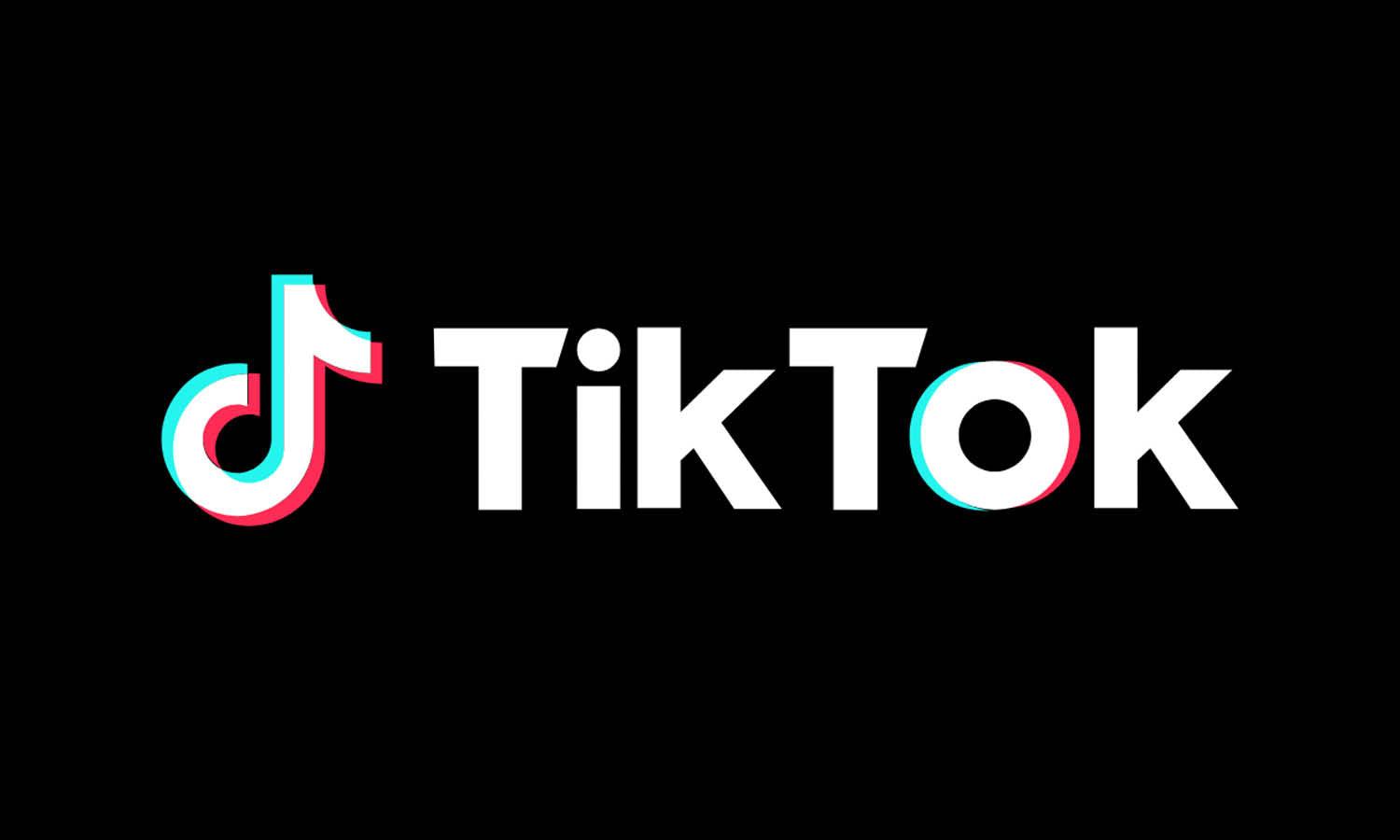
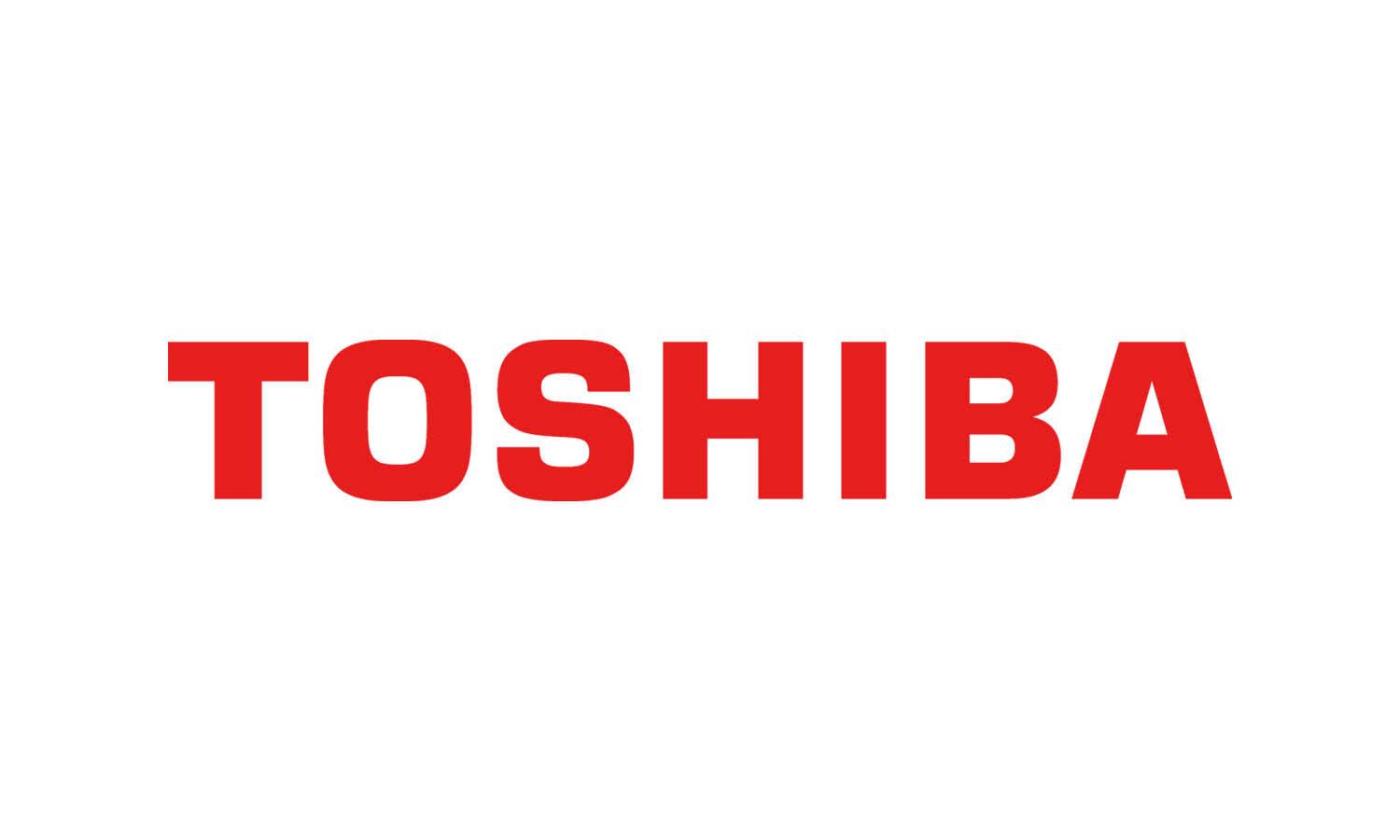
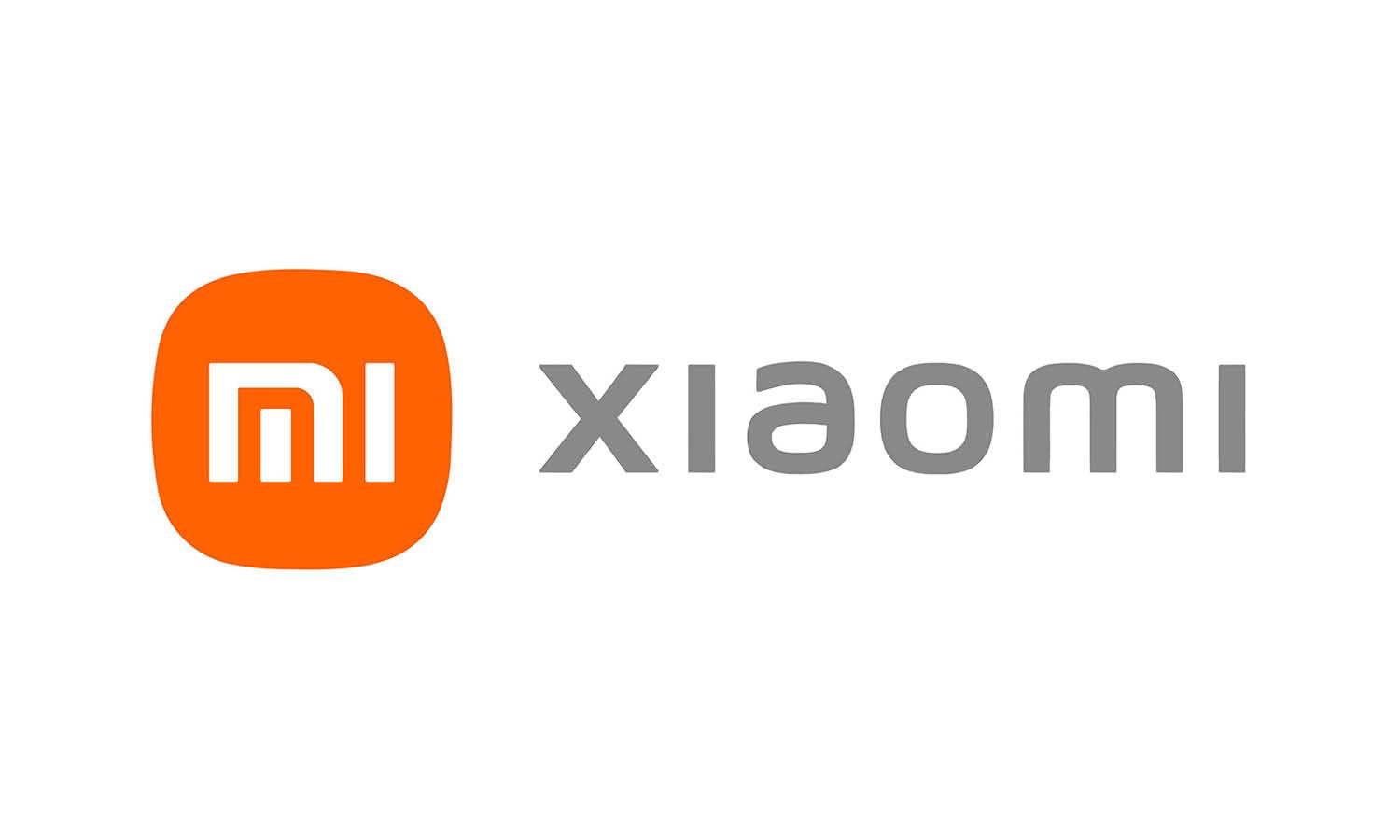
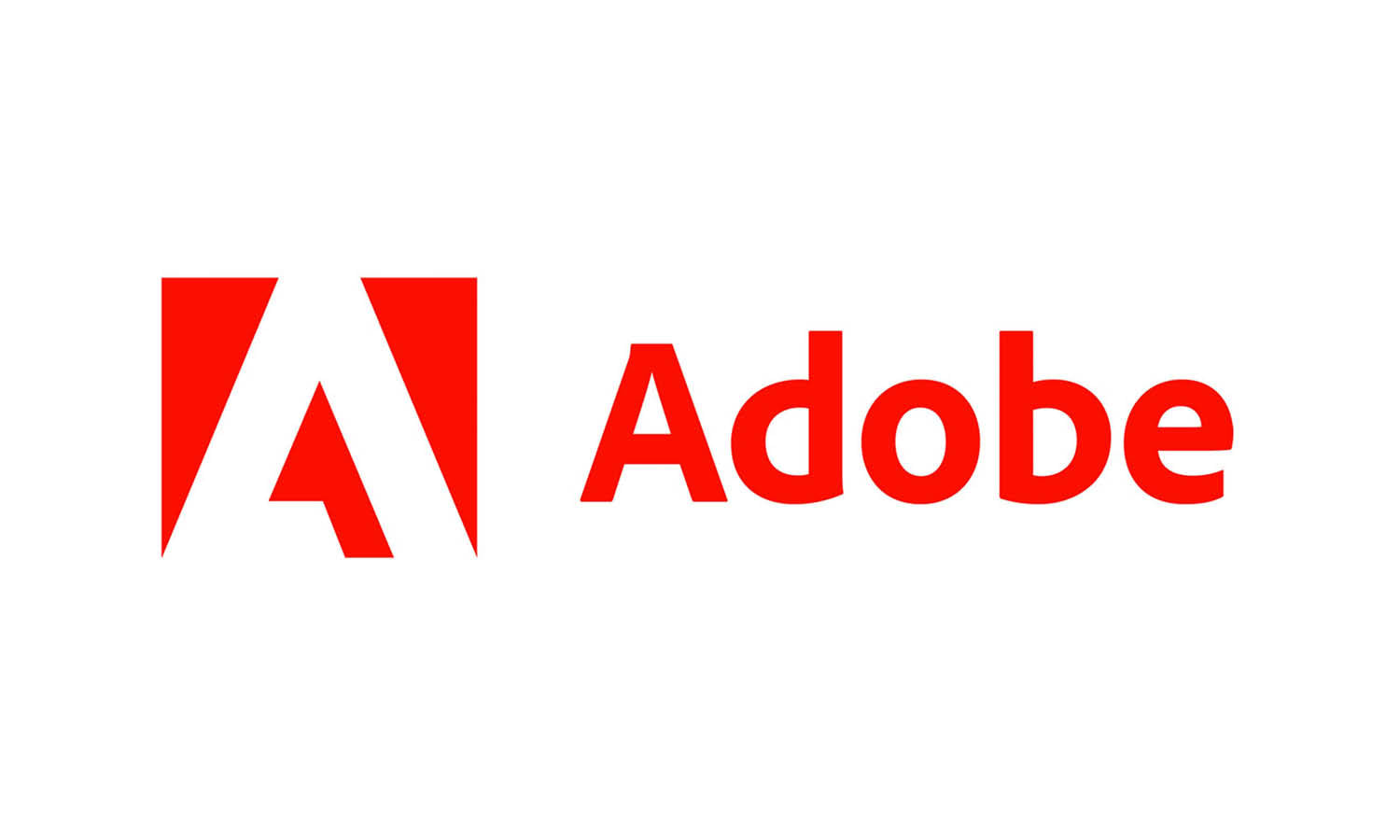
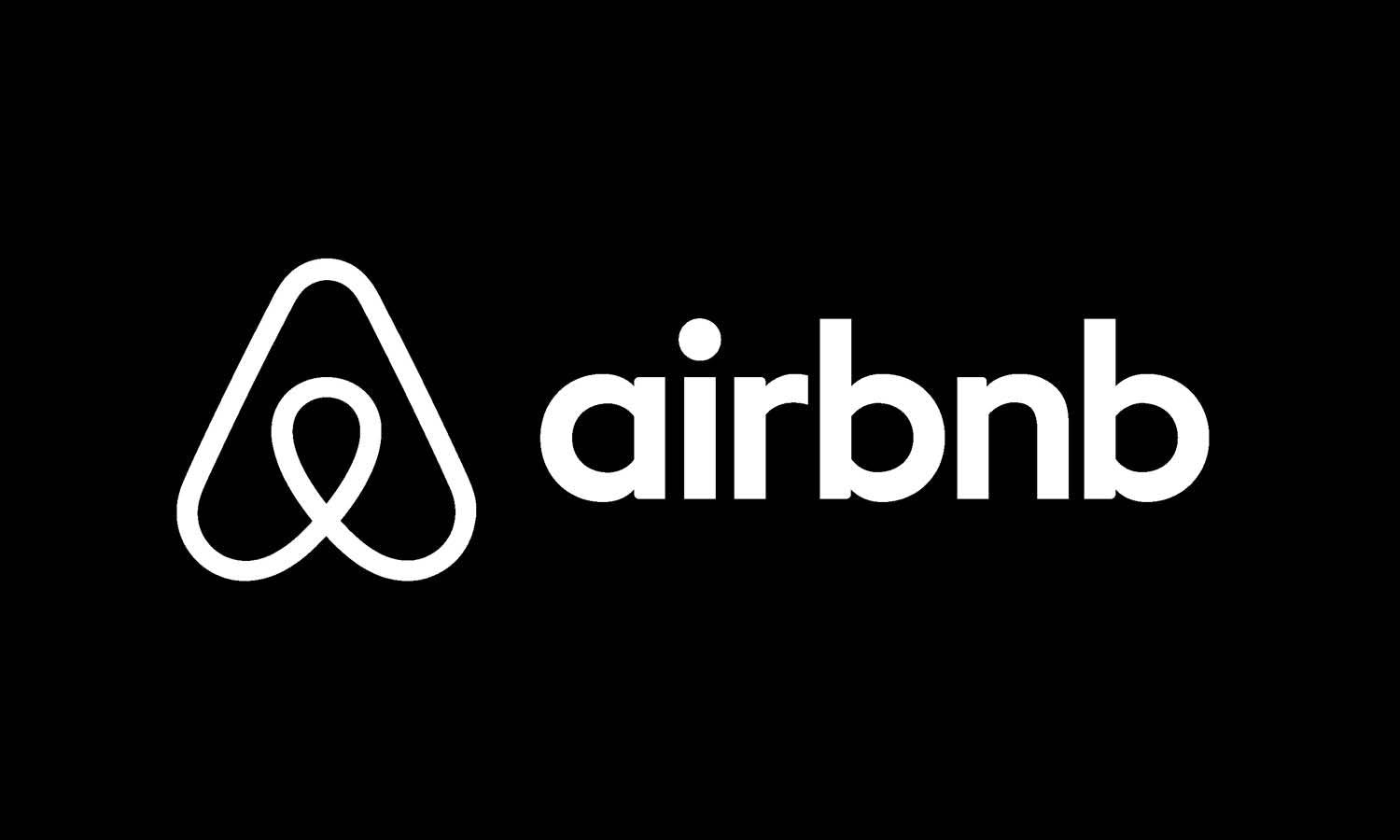









Leave a Comment